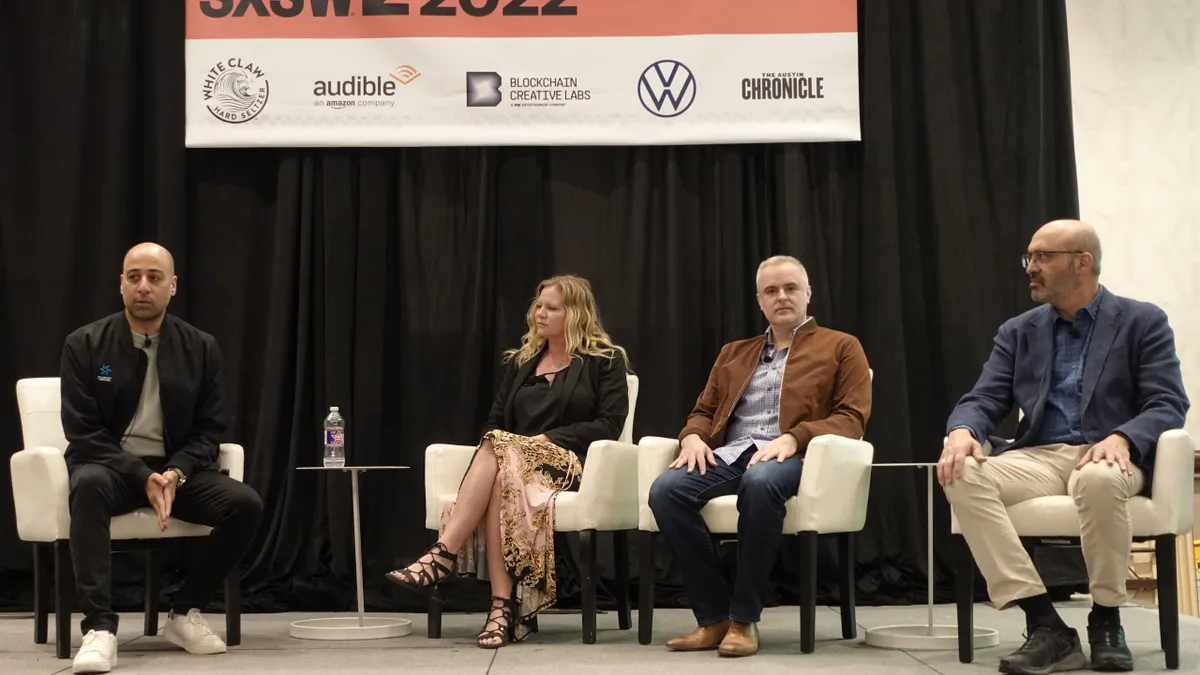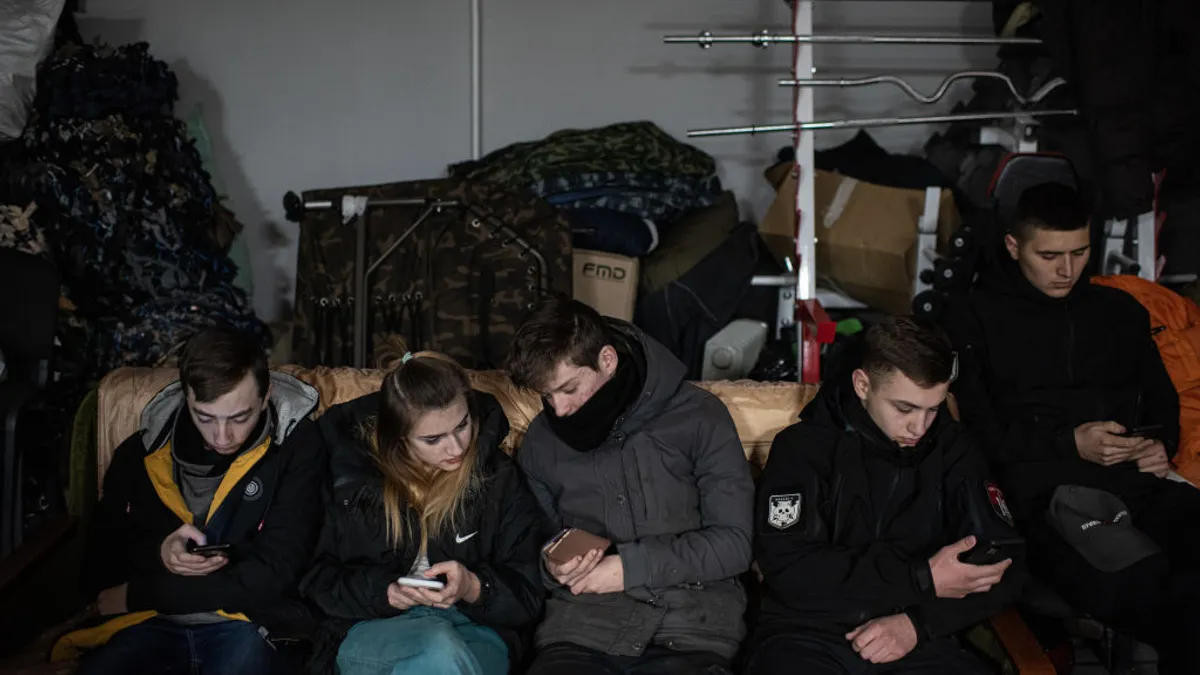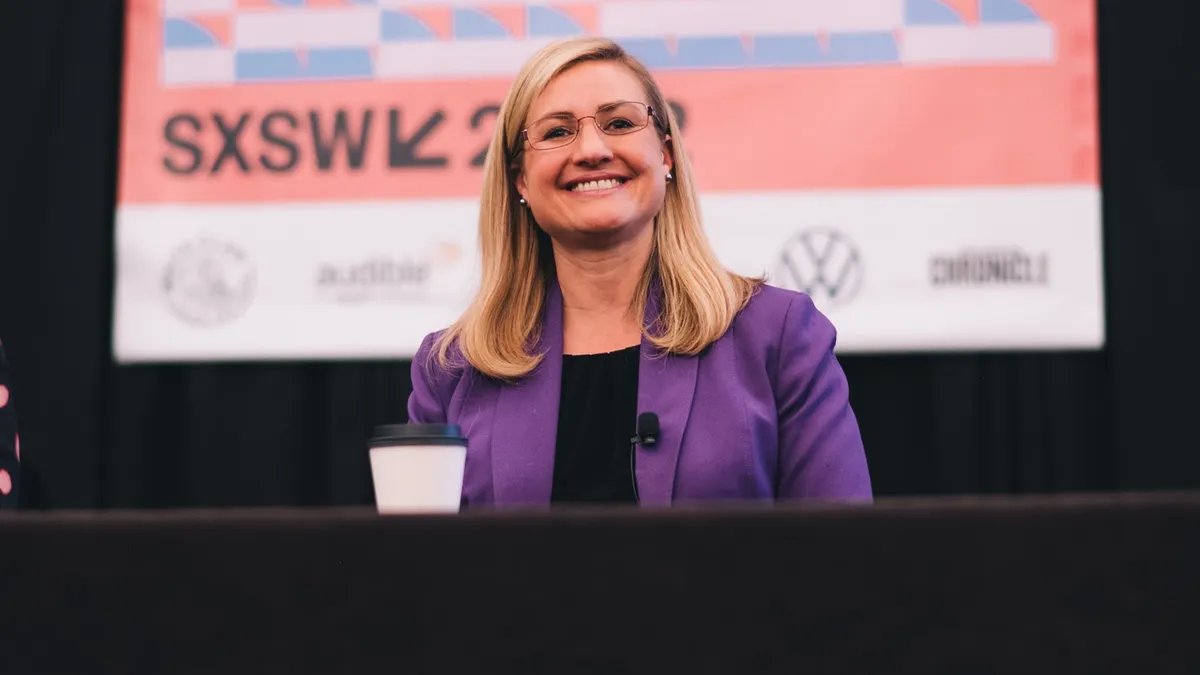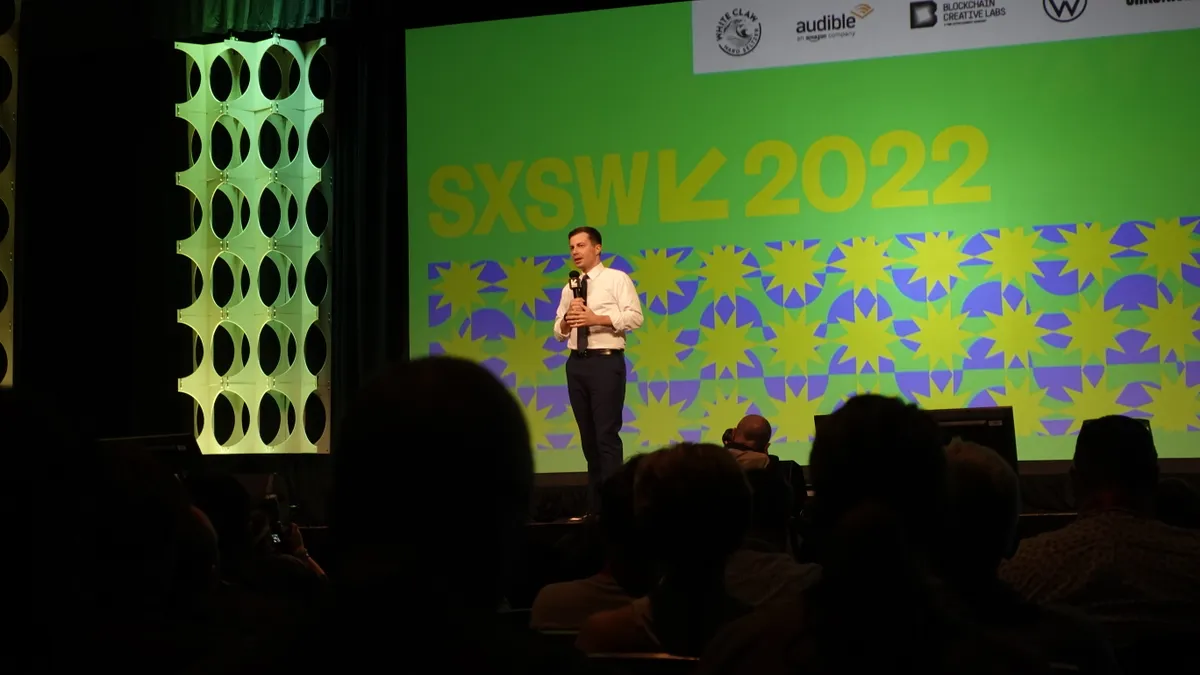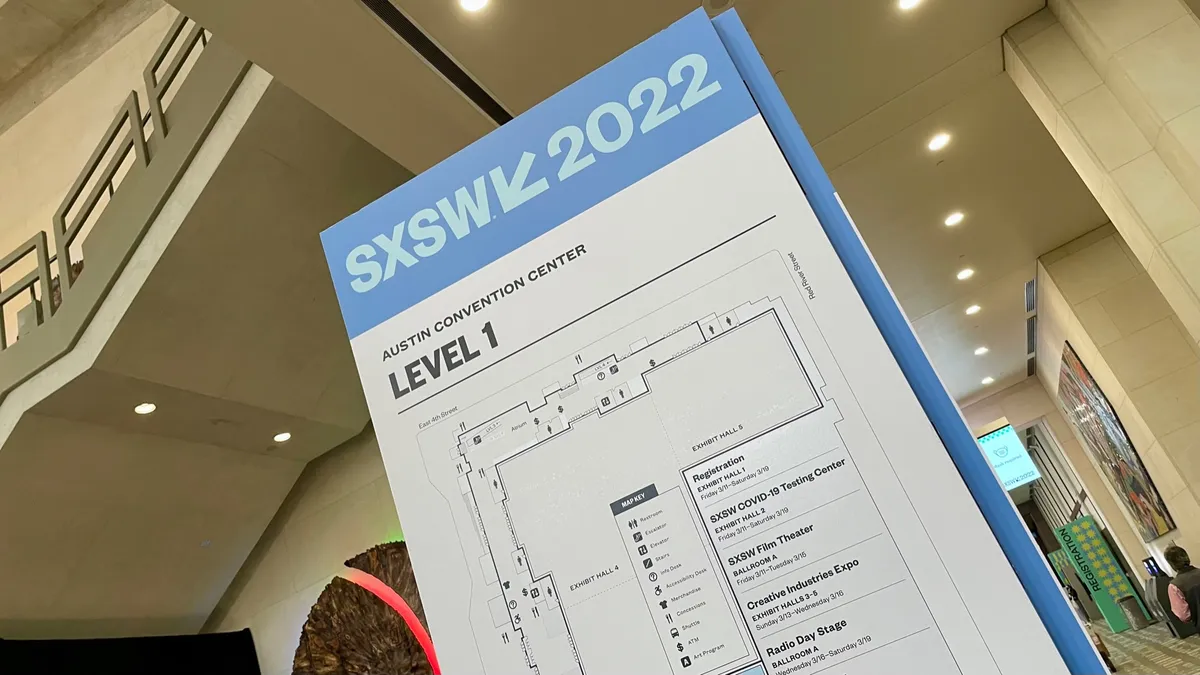AUSTIN, TEXAS — By mid-decade, it may be possible to fly in a vertical take-off and landing (VTOL) aircraft from Southern California to San Francisco, avoiding the congestion of highways and major airports. That's according to James Dorris, co-founder and CEO at Odys Aviation, which builds such aircraft for major airlines, speaking on a panel about what's next in personal air vehicles at SXSW on Monday.
Dorris explained that the company plans to use smaller municipal airfields, serving routes 200 to 500 miles. Along with California routes, he mentioned the Northeast Corridor and Florida's East Coast as prime opportunities in the U.S. The company's website boasts that the range of the proposed aircraft will cover 65% of domestic air routes.
Alongside Dorris on the panel was Sanjiv Singh, a consulting professor at The Robotics Institute at Carnegie Mellon University and CEO of Near Earth Autonomy. He sees VTOL aircraft as the leading disruptor of the aviation industry, expecting it to become a $1 trillion market by 2040. Others have made similar projections in recent years.
These new VTOL planes will also need to be quieter than helicopters and match the safety of commercial airliners, according to panelist Starr Ginn, NASA's Advanced Air Mobility National Campaign lead.
Dorris hopes to certify his aircraft in 2026 and begin commercial flights the following year, and he agrees safety is key, warning that "an early accident will kill the industry." Both government regulators and private insurers will have to be convinced of the plane's airworthiness and safety, Singh added.
The autonomous operation would likely come later, the panelists said, but would always include a human pilot. For now, Dorris said his company is raising money and building a team to bring the project to fruition.
Correction: We have updated this story to reflect that the vehicles mentioned are vertical take-off and landing aircraft, not specifically electric VTOL.



